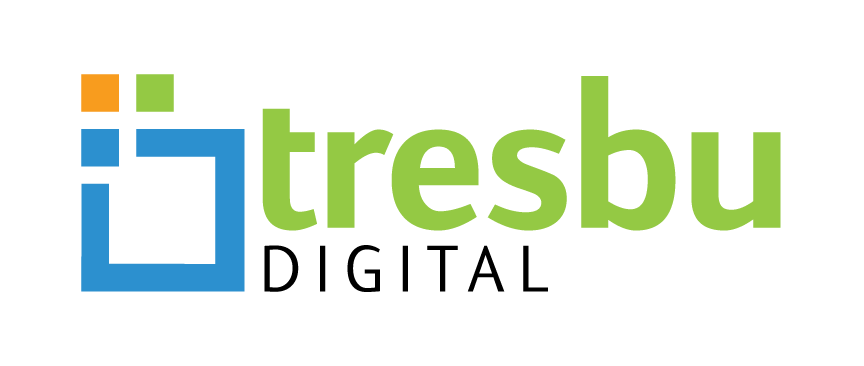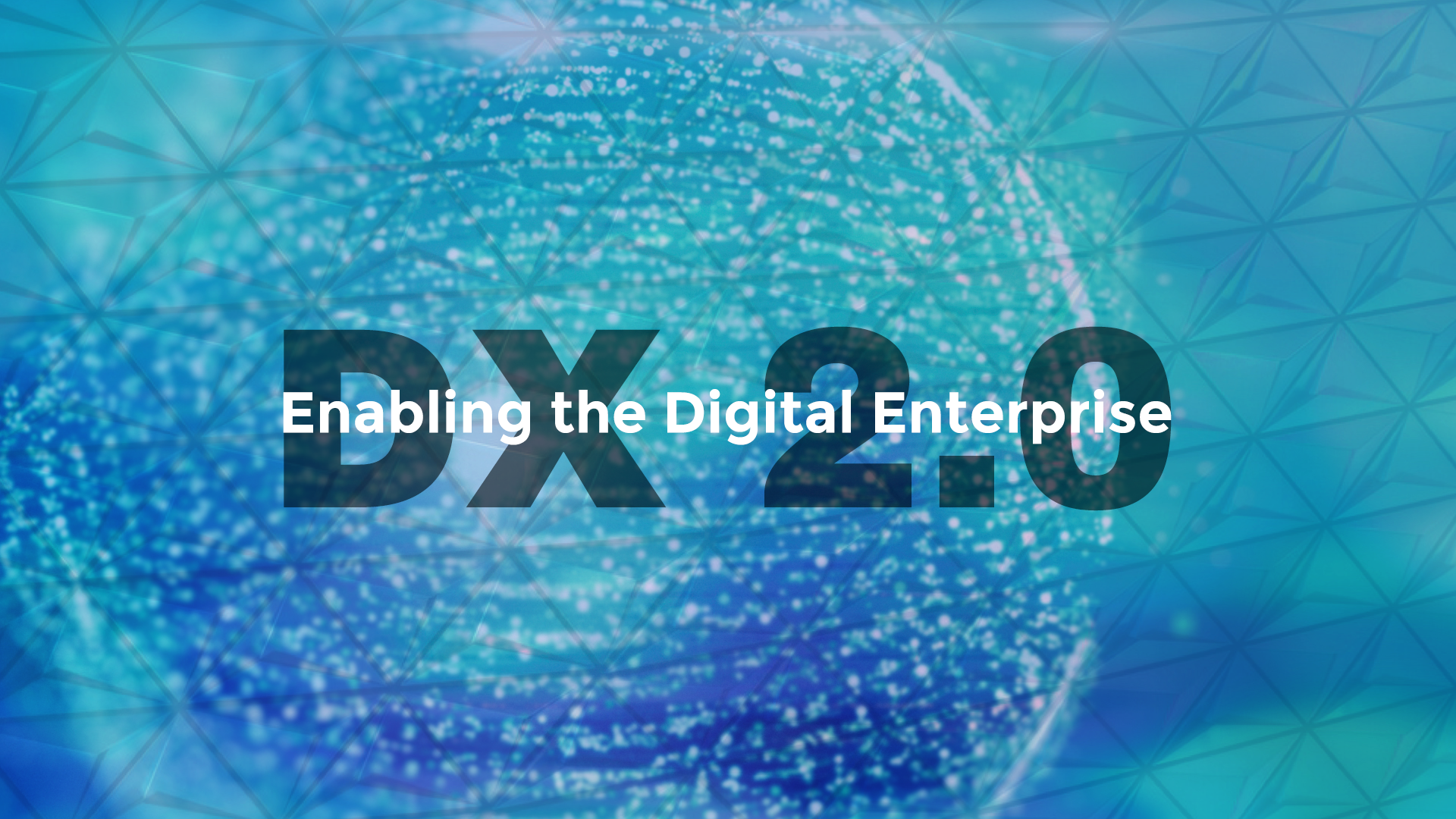Be honest – do you see your Information Technology department as a cost center or a profit center?
When you receive project outlines, reports, or budget request from your IT leaders, do you shudder at the idea of additional spend or do you brighten at the prospect of an improved bottom-line?
While no one would question the necessity of a well-run IT department as a part of any successful company, it’s no secret that a dichotomy exists between organizations that are held hostage by inefficient IT budgets and those that know their IT spend will positively impact revenue or cost-containment.
In order to stand firmly on the side of IT efficiency and supporting organizational growth, you have to start by understanding 5 of the most common operational liabilities found in modern day companies.
Additionally, we’ll highlight how these pitfalls actually reveal opportunities for IT to provide impactful organizational support.
Without further ado~
Pitfall #1: Dependence on manual business processes
Common wisdom might dictate that it’s better to “work smarter not harder”, but you’d be surprised how often successful organizations rely on manual processes.
While there is something to be said about the quality of experience that may come slow, but tailored execution, the truth is that the disadvantages usually far outweigh any advantages.
Manual processes are:
- Reactive and inefficient, making it harder to scale
- Redundant, forcing employees to spend time on low-priority work
- Wasteful, since they typically depend on paper or take away from other resources
- Error-prone, often the source of data inconsistencies and legal/regulatory liability
Opportunity #1: Automated processes
Many repetitive, low criticality processes are best left to automation. Even in cases where low, medium, and high criticality tasks exist, system automation that can dramatically improve the quality, consistency, productivity, and stress of an overly manual process workflow freeing resources to focus more on strategic, higher-ROI initiatives.
Look at common, repeated processes at your organization and ask your IT team: How much of this can be automated?
Pitfall #2: Lack of performance data
Any organization worth its salt relies heavily on relevant data. Financials, operational reporting, and most basic key performance indicators are tracked and well known… But are you tracking everything that matters?
It’s common for successful companies to move forward happily without stopping to audit their performance data, or lack thereof. Nowadays, it’s vital to check on what’s possible, and not just make do with what you’ve always had.
Opportunity #2: Data-driven decision making
The reason most innovative and highly valued organizations today view data as their lifeblood is that it provides powerful insight that can help measure past performance, improve current performance, and predict or optimize the future performance of almost any business function. Whether it is marketing data from the website, financial data from billing, or performance metrics from business applications, access to and interpretation of accurate data can enable swift, actionable decision-making to drive greater growth and long term value.
When was the last time you reviewed data tracking your IT team? Ask them: What aren’t we tracking? What could we learn if that data was available?
Pitfall #3: Inconsistent data quality
It’s one thing to recognize the importance data in your organization, but it’s another thing entirely to realize that information quality and consistency are critically important.
Poor quality data can lead to:
- Lack of organizational confidence in data accuracy, undermining decision making
- Missed opportunities and insights due to misconstrued figures or inconsistencies
- Revenue loss resulting from errors or miscommunications
- Damaged reputation due to lapses in quality or customer experience
Opportunity #3: Document management
With automated data collection, processing, tracking, and storage, document management will become much more organized and easy to control. Overall the quality of records and organization of documents work will improve, the value of data and documentation can more easily be established, and outcomes will be more predictable. This benefits managers, staff, and customers.
Ask your IT team: How well-managed is our data? Are there any opportunities for better consistency or improved accuracy?
Pitfall #4: Insufficient accountability standards
Accountability can mean different things to different organizations, but suffice to say it’s vital for any successful operation to monitor and maintain standards.
It might be your managers’ responsibility to keep their teams accountable, but that aspect of job no longer needs to be as difficult as it once was. Additionally, for companies with compliance obligations, it’s no longer necessary to bear the full burden of risk associated with tracking errors.
Opportunity #4: Automated monitoring and accountability
Automatically tracking and monitoring processes for omissions or mistakes can help ensure excellent organizational accountability. It’s possible to create systems that notify stakeholders of potential or existing errors based on user-defined notification alerts, ensuring that barriers are overcome and risks are averted in a timely manner. When errors do emerge, it’s also possible for system dashboards to highlight specific issues and/or set roadblocks that require resolution before progressing an activity.
How important is it for your organization to maintain accountability? Ask your IT team: What solutions can we implement to automate monitoring?
Pitfall #5: Inefficient billing and collections
What does your Accounts Receivable ledger look like?
Anyone would agree that the important of making sure your organization is paid for services rendered is painfully obvious, but it’s insane how often companies relegate collections to inefficient manual processes.
Opportunity #5: Automated billing and collections notifications
While no system can force your customers to pay on terms, the ability to bill immediately from a single interface, provide digital methods of payment acceptance, and set collections reminders, all timed within the lifecycle of a project, can greatly affect the efficiency of billing and collections.
If they haven’t already, this is one process your IT team needs to address NOW.
In conclusion…
While these 5 pitfalls are not always 100% attributed to your IT department, we’ve shown that they can often be elegantly addressed through appropriate IT solutions. Using the aforementioned liabilities and corresponding opportunities as a guide, you can audit your own IT performance and build a road map to get the most out of your technical resources.
The common corporate perception of the IT department as a cost center versus a profit center becomes irrelevant when you’re able to view technical resources as an opportunity for innovative and creative operational problem-solving.
Don’t overlook opportunities disguised as liabilities. It’s time to partner with your IT leadership and find ways to drive operational excellence and profitability through your IT department.
~~~
We help transform IT from a cost center to a profit center.
We get it – while you may understand your need to address the pitfalls we’ve shared, that doesn’t mean your IT team has the existing bandwidth or the outside perspective to attack problems quickly and efficiently.
Tresbu Technologies works with your IT leadership to 1) quickly identify IT liabilities & opportunities, 2) ideate and prioritize the appropriate IT solutions, and 3) effectively implement those solutions.
Our Digital Transformation 2.0 program was made for organizations just like yours.
Complete the form below to receive our latest case study, or contact us to schedule a free consultation.
[zc4wp_za19]




